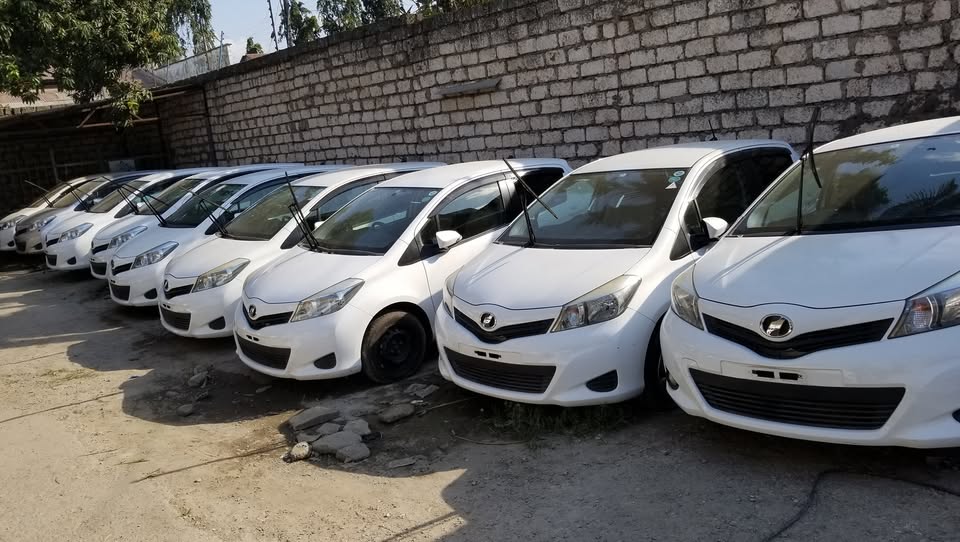
According to data released by the Pakistan Bureau of Statistics (PBS), Pakistan’s gross domestic product (GDP) grew by 1.73% in the second quarter (October-December) of the fiscal year 2024-25. This growth was primarily fueled by gains in the agriculture and services sectors, even as the industrial sector experienced a contraction.
Key Highlights:
- GDP Growth Overview:
- The National Accounts Committee (NAC) confirmed the provisional GDP growth rate at its 112th meeting in Islamabad and revised the first-quarter growth figure upward from 0.92% to 1.34%.
- Agriculture Sector Performance:
- The agriculture sector expanded by 1.10% in the second quarter.
- Crop production, however, declined by 5.38%, influenced by a significant 7.65% drop in major crops.
- Cotton production experienced a drastic decline of 30.7%, falling from 10.22 million bales to 7.084 million bales.
- Other crops also saw decreases, with maize production down 15.4% to 8.24 million tons, while rice and sugarcane output decreased by 1.4% and 2.3%, respectively.
- Notably, the wheat crop area was reduced by 6.8% compared to the previous year. Other crops saw modest growth of 0.73%, bolstered by a substantial 14.2% increase in potato cultivation.
- Livestock grew robustly by 6.51%, an increase from 2.96% in the corresponding period last year, primarily due to lower green and dry fodder costs.
- The forestry sector contracted by 0.64%, while fishing managed a modest increase of 0.79%.
- Industrial Sector Challenges:
- The industrial sector faced a contraction of 0.18%, though this marked an improvement over a decline of 1.81% in the same quarter the previous year.
- Mining and quarrying saw a decline of 3.29%, attributed to reduced production in coal (-6.34%), natural gas (-6.16%), and crude oil (-11.4%).
- Large-scale manufacturing dropped by 2.86%, with notable declines in several key industries: sugar (-12.63%), cement (-1.82%), and iron and steel (-17.86%).
- In contrast, the electricity, gas, and water supply sector saw significant growth of 7.71%, driven by an increase in gas production and favorable changes in deflator values.
- The construction sector, however, contracted by 7.14% due to lower outputs of cement and steel.
- Services Sector Resilience:
- The services sector emerged as the strongest performer, growing by 2.57% compared to 1.32% in the same quarter of the previous year.
- Despite a contraction in wholesale and retail trade (-1.13%), the services sector was bolstered by growth in several areas:
- Transportation and storage: 1.15%
- Information and communication: 8.45%
- Finance and insurance: 10.21%
- Public administration and social security: 9.10%
- Public education: 4.80%
- Health services: 6.60%
- Additional contributions to services growth came from accommodation and food services (4.45%), real estate activities (4.12%), and private sector services (3.14%).
Conclusion:
Pakistan’s economic performance in the second quarter reflects a mixed landscape, with the agriculture and services sectors showing resilience and growth, while the industrial sector struggles due to declines in key areas. This balanced performance indicates potential avenues for policy focus to enhance overall economic resilience.


